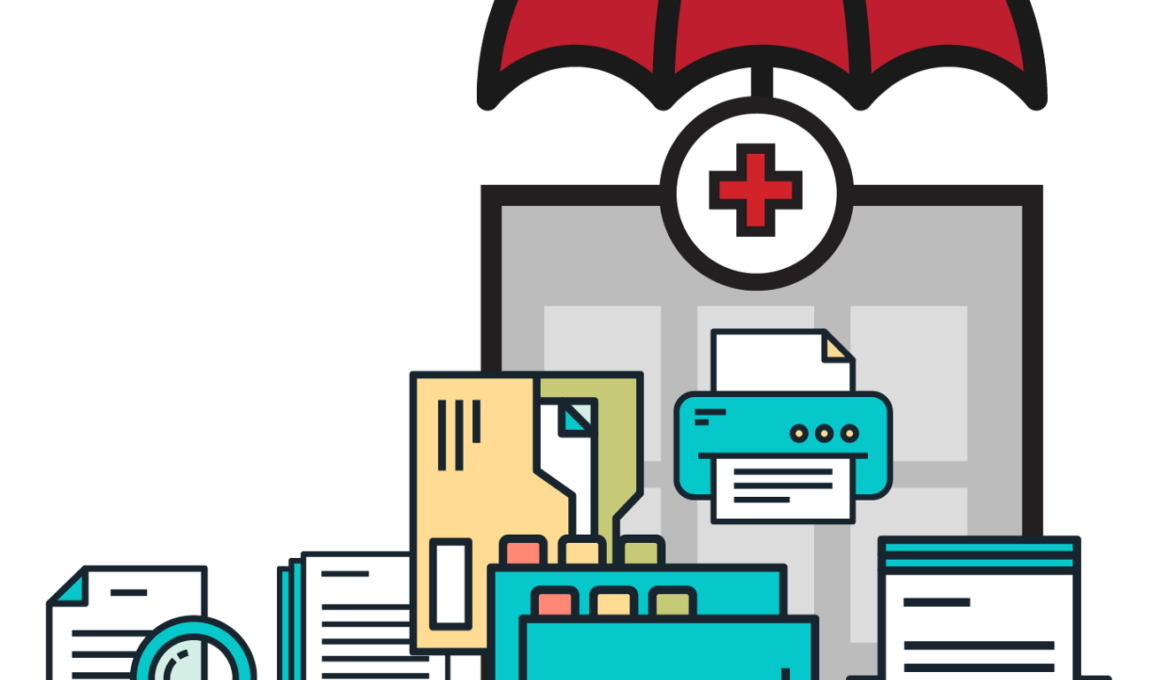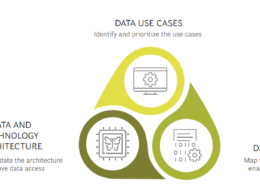It is too hard for patients to get access to their medical records today.
Regulations going into effect this year from the 21st Century Cures Act, combined with the growing digitization of health records, are set to change this paradigm.
Medium
Travis May
Jun 21, 2022
thinkstock
Edited by
Joaquim Cardoso MSc.
Data Health Strategy — Institute
@ Health Strategy Institutes
June 22, 2022
Accessing Data Today
Printed out and stored away in a drawer in my house, I have paper copies of all the medical records for my family.
From vaccination histories to my daughter’s height chart to prescriptions we’ve received over time, this drawer is the most accessible personal health record I’ve been able to find.
As anyone who has switched providers or wanted their medical records knows, this is the state of the art as a patient: getting access to your medical record can be a very daunting and frustrating process.
Each provider will have a slightly different process for how patients can request or view their records, including various portals, websites, and forms to be completed.
Additionally, information often resides on multiple systems and platforms within the provider’s environment, and across many providers.
Accessing data captured by your provider should not be this complex.
Your vital signs, recommended treatments, diagnoses, and prescribed medications are all captured in an EHR. And as more data is captured digitally, thousands of applications have been created with the sole purpose of tracking health metrics and providing insights directly to the consumer about their health in real-time from sensors, small enough to be worn on your wrist.
Yet, accessing the most important pieces of your health data, as collected by your healthcare provider, is a notoriously difficult and multistep process:
- First, patients must determine if there is a patient portal that they can use to access their health information.
If there is a portal, the patient must log in and navigate to the appropriate area to retrieve their information.
Often, that patient portal will lead to some but not all of their medical information (some of this is technically quite complex: what if the health system has multiple EHRs? What if you want access to imaging data? etc.).
To get the rest of the information, the patient needs to fill out a medical release form and get the information in a different format.
2.If there is not a patient portal, then the patient must determine how the provider would like them to request their record (by mail, in a digital format, etc.), and filling out the necessary medical record release forms.
More often than not, patients get stuck here as they are not sure where to turn or what forms to complete.
3.Once all required forms are properly completed and authorization from the patient is given, the responsibility turns to the provider to find the proper record.
This could include logging into one or more of the internal sources of electronic health records to find the relevant records or even visiting the medical records department to retrieve a paper record.
From there, patients may receive their records via email, on a CD, USB, fax, or in the mail.

Currently, hospitals and clinics contain essential information regarding their patient’s health.
Often, providing patients access to their medical record requires a lot of manual effort as information is spread across multiple systems.
To be clear, providers are not complicating this process unnecessarily.
Quite the opposite, providers generally want to ensure that their patients are taken care of and have the information they need to have the best health outcomes.
However, due to the sheer volume of requests and complex manual steps that must take place to provide patients access to their records, access to medical records is not yet instantaneous.
Accessing Data at the End of 2022
In 2016, the 21st Century Cures Act was signed into law.
The overall goal of the 21st Century Cures Act was to put patients in charge of their health information and accelerate innovation in the healthcare industry.
For patients, the 21st Century Cures Act now means that providers of healthcare and health data must ensure easy access to data while protecting patient privacy.
Specifically, the law emphasizes the requirement that all patients have prompt and easy access to all of their electronic health information, and that this information is easy to understand, secure, and updated automatically.
The law requires that this ease of access be provided through enhanced technology, such as application programming interfaces (APIs) so that multiple sources can provide health data directly to patients.
Specifically, the law emphasizes the requirement that all patients have prompt and easy access to all of their electronic health information, and that this information is easy to understand, secure, and updated automatically.
In October of this year, the definition of “electronic health information” covered under the 21st Century Cures Act, and therefore required to be provided to patients easily, will be expanding to include additional data elements.
The new set of information includes all electronically captured personal health information.
This can include medical records, billing records, and payment and claims records, among others.
Within the medical records, this newly-required information includes records of allergies, diagnoses, treatments, medications, and vaccinations.
Overall, by the end of 2022, patients should have easier access to a wide breadth of information about their health as recorded by their providers.
However, providing this access is no easy task.
Often this broad set of information is spread across multiple databases, technology vendors, or systems, meaning that a manual retrieval process is likely required to gather a patient’s information from all these locations.
However, providing this access is no easy task.
Often this broad set of information is spread across multiple databases, technology vendors, or systems, meaning that a manual retrieval process is likely required to gather a patient’s information from all these locations.
Accessing Data in the Future
In the future, all electronic health data from providers should be readily available for patients and other providers to access easily.
Ideally, patients would be able to click a button and receive their records instantly, and in a way that is understandable and actionable.
This accessibility will move us to a world where healthcare data is not fragmented, but rather a patient (or their provider) can have a holistic view of their health even if they visited multiple providers at multiple locations.
If patients had easy access to all of their medical records they could:
- Provide their complete medical record to a new provider rather than having to accurately remember and then verbally dictate what has been done before.
- Better understand and advocate for healthcare treatments by being able to quickly review their historical record
- Send their medical records to additional physicians for second opinions
This ease of access would unlock the ability for our healthcare to become more data-driven and ensure that the information that can impact care is in the right hands at the right time.
For providers, having more access to data will open up the ability to:
- Gain a far more meaningful understanding of a patient’s prior medical history and treatment, including medication prescriptions, adverse events, and prior diagnoses
- Coordinate care between themselves and other healthcare providers
- Avoid duplicate procedures, imaging, and lab testing by understanding what has been done before.
Although easy access to medical record information is essential for the future, we always need to ensure that we also maintain the highest standards of privacy and security.
To protect patient privacy, providers must ensure that only those who have authorization are able to access a patient’s medical records, are always in control of where data goes, and ensure that patient consent is obtained before releasing data.
The ability for patients to access their information seamlessly is a step towards the expanded interoperability that healthcare needs to thrive. The changes coming this year are part of the journey towards that reality.
The ability for patients to access their information seamlessly is a step towards the expanded interoperability that healthcare needs to thrive. The changes coming this year are part of the journey towards that reality.
Originally published at https://travismay.medium.com on June 22, 2022.
Today, Ciox (a Datavant company) is announcing a comprehensive solution to enable providers to comply with upcoming 21st Century Cures Act milestones. This post provides more context on the current state of the patient request workflow, and how the future looks different.












